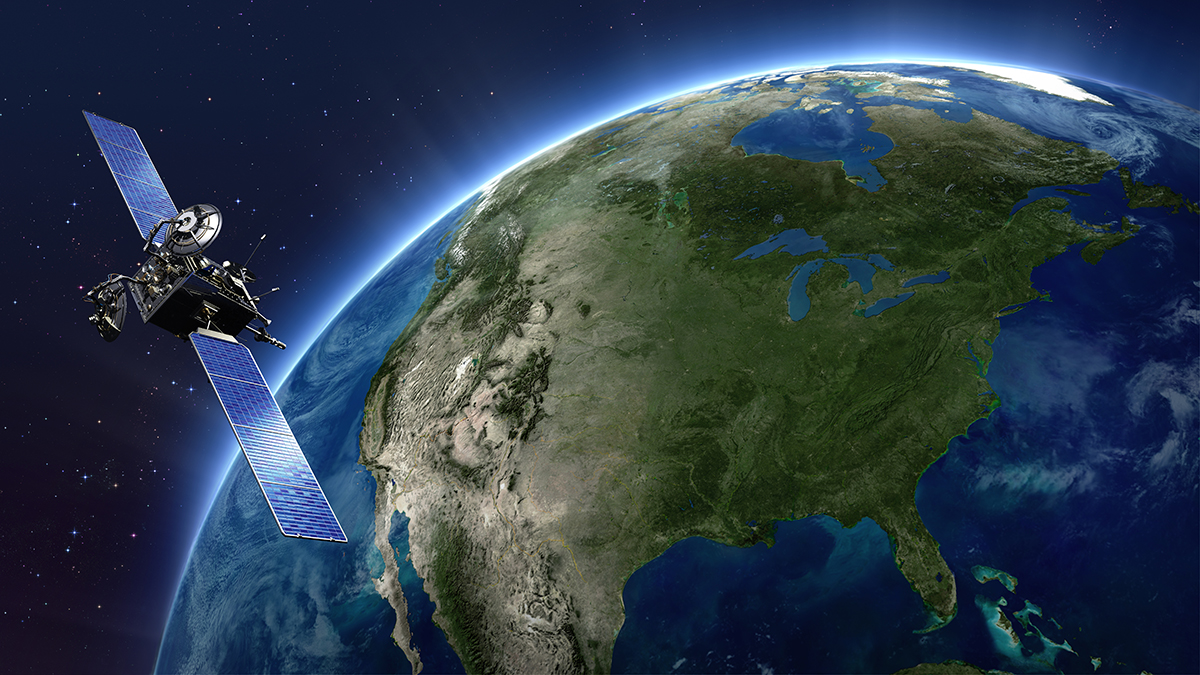Strategic Role of Satellites in the Advancement of Technology and Communication

The Head of the National Institute of Aeronautics and Space (LAPAN) from 2014-2021, Thomas Djamaluddin, stated that the first satellite named Sputnik 1 was launched into space by the Soviet Union on October 4, 1957, followed by the launch of the second satellite named Sputnik 2 on November 3, 1957, carrying the first living creature into orbit, a dog named Laika.
Not to be outdone, the United States also launched their first satellite, Explorer I, on January 31, 1958. The United States aspired to develop a Space Shuttle to send their astronauts to the moon. The Soviet Union and the United States continued to develop more flexible satellites for various needs. Each of these countries has its own space agency: NASA in the United States and Roscosmos in Russia.
Here are some types of satellites according to their functions:
- Communication Satellites are satellites that are installed in space for telecommunication purposes using radio at microwave frequencies. Most communication satellites use geosynchronous or geostationary orbits.
- Navigation Satellites use radio signals transmitted to receivers on the ground to determine the location of a point on the Earth's surface. The most popular navigation satellite is the American GPS.
- Weather Satellites are used to observe Earth's weather and climate.
- Low Earth Orbit (LEO): 300 - 1,500 km above the Earth's surface.
- Medium Earth Orbit (MEO): 1,500 - 36,000 km.
- Geostationary Orbit (GEO): 36,000 km above the Earth's surface.
Indonesia became the third country after the United States and Canada to build its own domestic satellite communication system, the Palapa Satellite. The first Palapa Satellite was launched on July 9, 1976, from the Kennedy Space Center in the United States. It started as a domestic satellite communication system, then expanded to broadcasting for television and radio, and eventually to the internet. The Palapa Satellite has a strong signal that can reach all of Indonesia and even neighboring countries.
The invention of the Transistor allowed for the production of satellite components in small and compact dimensions, making satellites lighter and cheaper to launch. Internet access services via satellite have developed with the emergence of High Throughput Satellite (HTS) technology. This technology divides the coverage area into several signal transmission points, providing greater broadband capacity compared to traditional satellites with the same spectrum allocation. Therefore, frequency use becomes more efficient.
The Union of Concerned Scientist (UCS) satellite database shows that as of January 1, 2022, there are 4,852 satellites orbiting the Earth, 2,224 or 46% of which are communication satellites. The rest are satellites used for Earth observation, navigation, and various other purposes.
Since the discovery of satellites, the use of communication satellites has continued to grow and become more massive. By utilizing satellite technology well, Indonesia can optimize various sectors to improve the quality of life and overall development of the country.